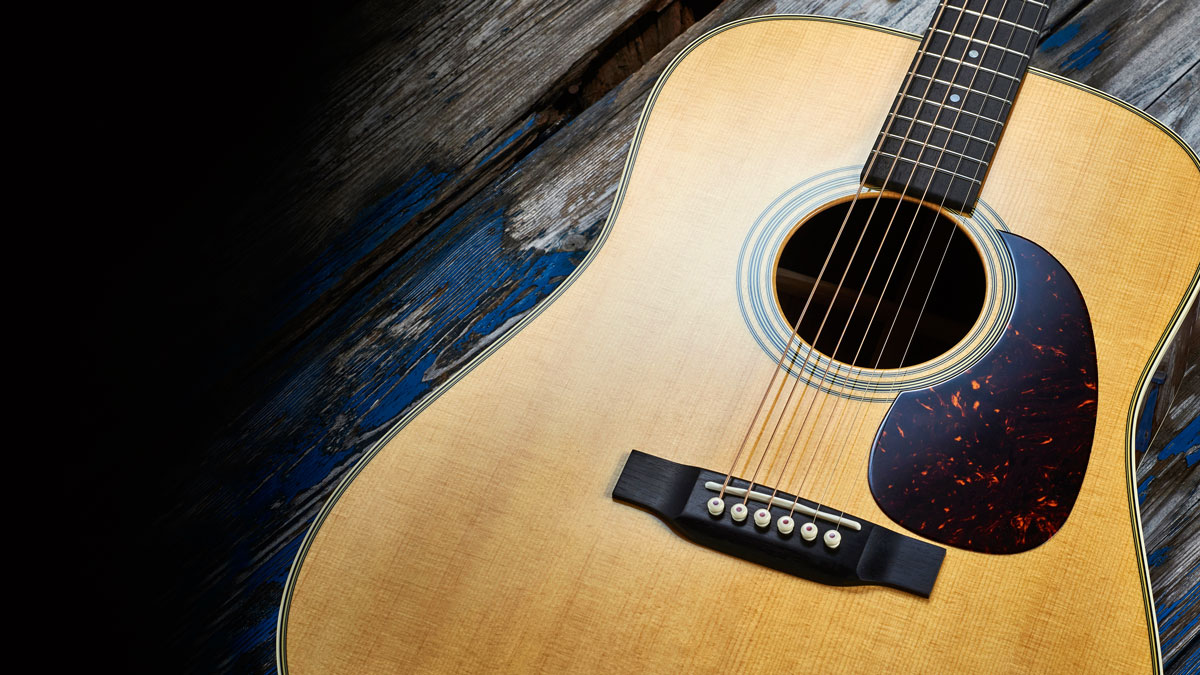Review round-up: travel electro-acoustic guitars
Four compact acoustics from Fender, Sigma, Martin and Yamaha
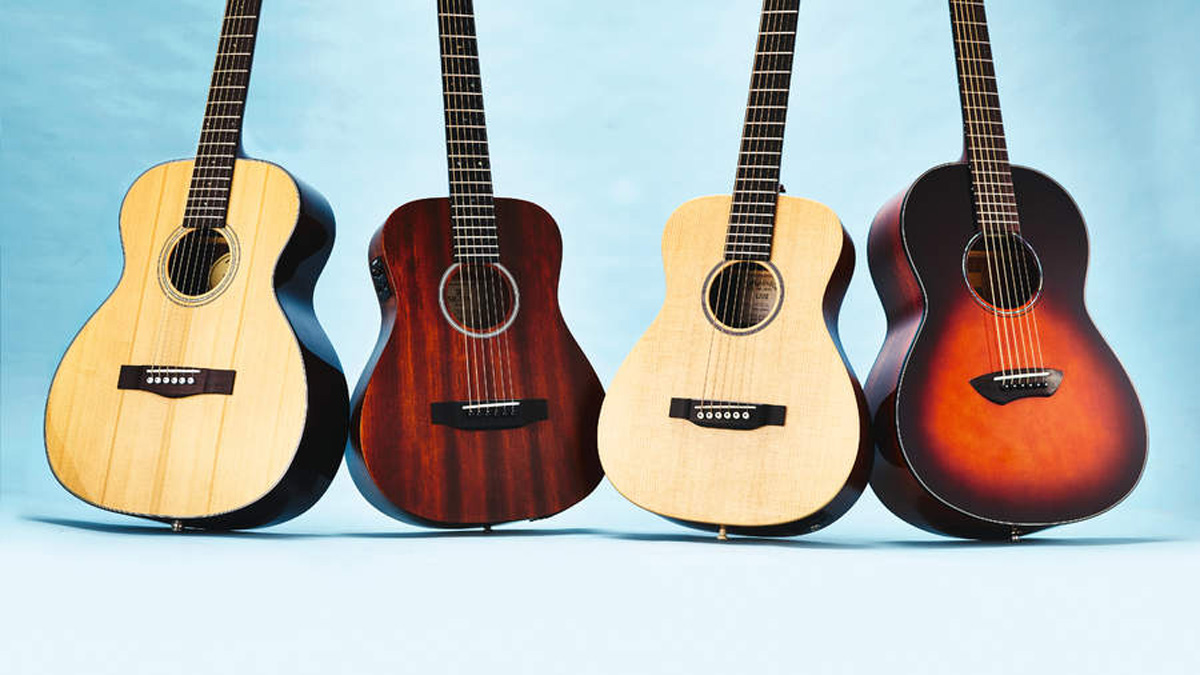
Fitting more guitar playing into our busy lives can often mean something’s got to give, but if you want to play and create more then it makes sense to have something that’s easy to take with you.
The travel-sized acoustic electric guitar, with a compact body but fuller-scale length than a 3/4-size guitar aims to balance portability with more playable specs for us guitarists, but it’s moved on a long way in the last few years with a variety of choice that’s constantly expanding.
So just how much of a compromise is a travel acoustic over a full-size dread or parlour? Could one be your go-to at home and away?
In this test, we’re looking at four different models at £500 and below: guitars that are also giggable with piezo pickups fitted. And it just so happens that the biggest guitar artist in the world right now has made his name on such an acoustic.
Because whatever your opinion is of über-popstar Ed Sheeran, there’s absolutely no doubt that he’s helped to shine a spotlight on travel-size acoustics with his loyalty to Little Martin models - and that has been acknowledged with three signature editions and counting based on the design.
But the potential of travel acoustics goes far beyond Sheeran wannabes and the choices out there make for some varied experiences, as we’ll find out…
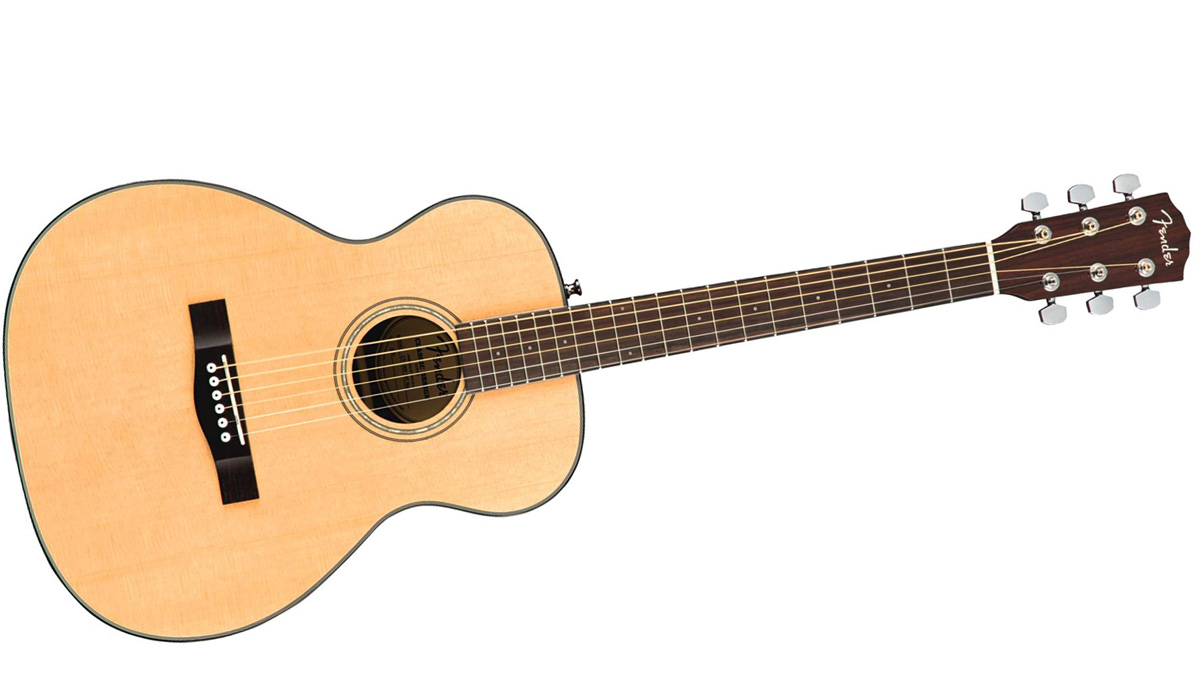
Fender CT140SE
Fender is really stepping up with its acoustic range lately...
Yes indeed, and it’s good to see. The Paramount and California series, plus the Classic Design models that this is a part of, have reaffirmed the company’s commitment to acoustic guitars. But, moreover, giving some real bang for buck, too.
It’s the second cheapest here, so what’s the compromise?
No obvious one. It’s an auditorium shape with 596mm scale (23.5"), laminated rosewood back and sides in addition to the expected solid spruce top. It’s a glossy-finished affair all over (the Yamaha offers a satin neck) so that may turn o the matt-lovers. But including a hardcase is the kind of maverick move that doesn’t scream corner-cutting to us. Fender even calls the 12" radius neck “easy to play” - now there’s three words we love to hear!
What pickup is she packing?
Every model but the Yamaha here has a Fishman system, but they’re all different. This Fishman Presys has three-band EQ on the preamp controls as well as a tuner, volume and phase switch. So you’re getting more onboard tonal-shaping control here than on some of the competition.
At a glance
Top: Solid spruce
Back & sides: Laminate rosewood
Neck: Mahogany
Scale length: 597mm (23.5")
Fingerboard: Rosewood
Frets: 20
Electrics: Fishman Presys
Hardware: Graph Tech nut and bridge
Left-handed: No
Case: Hardcase included
Finish: Natural, Sunburst
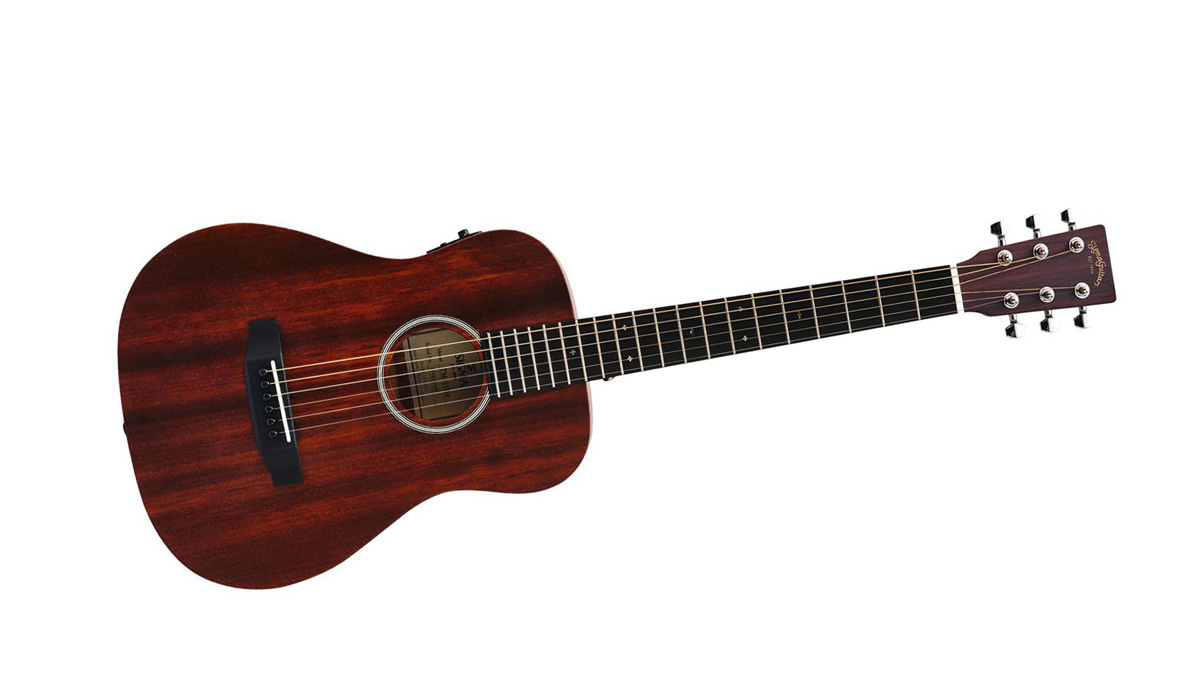
Sigma TM-15E+
Hey, dude looks like a Martin!
Sigma was founded and owned by the Nazareth giant in the 70s until being discontinued in 2007. It was kind of like Martin’s Squier. In 2011 the German company AMI Musical Instruments GmbH bought the name and moved manufacturing to China, but the Martin shapes and familiar logo remain. This is the travel version of Sigma’s DM-15, itself styled on the Martin D-15M.
What’s the wood?
The clue is in the ‘M’: solid mahogany top and laminate back and sides. Looks good, doesn’t it? Minimal traditionalism is how we’d put it. That minimalism continues with scale and depth too: 584mm (23") scale and a 96mm body at its deepest.
But I still spy preamp controls...
Even those are a little more minimal compared with the Fender’s Presys. Although Sigma’s own website suggests otherwise, the Fishman Isys T here offers no EQ controls beyond a contour switch; a one-button tone control allowing a choice between a natural sound with no EQ (button out) or ‘scooped’ with boosted treble and bass but reduced midrange.
At a glance
Top: Solid mahogany
Back & sides: Laminate mahogany
Neck: Mahogany, low profile
Scale length: 584mm (23")
Fingerboard: Micarta
Frets: 20
Electrics: Fishman Isys T
Hardware: Bone nut and saddle
Case: Gigbag included
Left-handed: No
Finish: U-lacquer
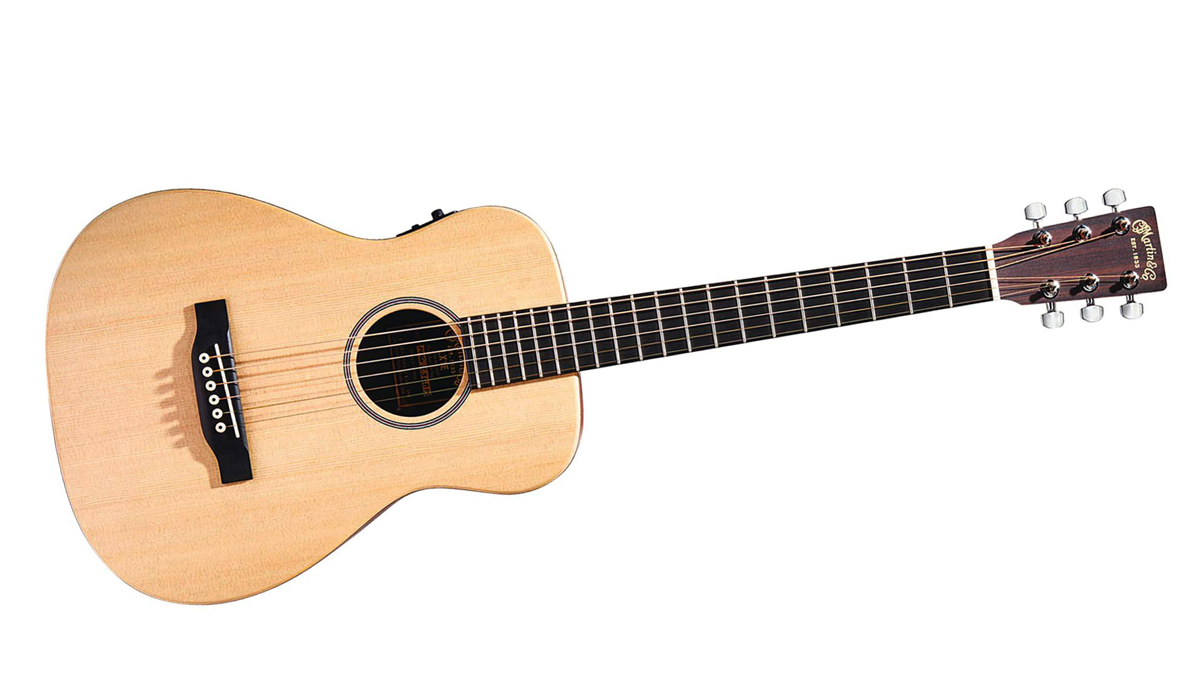
Martin LX1E
It’s the Sheeran guitar, right?
Yes, and Martin’s smallest. Back in 2012, Ed told us he likes to: “have a bit of bottom-end and a lot of mid on a guitar, with just a tiny bit of top-end” when he’s using his Little Martins for a warmer sound - possibly to o set the trebly nature of some piezos. He also adds a lot of percussion using his guitars’ tops. And the resonance on the Martin is good for that.
That’s a very stripy neck it’s rocking there...
It’s Rust Birch laminate (aka stratabond), and also notably heavy too compared with the body weight. The laminate uses thin layers, accounting for the stripes, and the sustainable result is said to be less sensitive to temperature changes than solid wood. It certainly doesn’t look traditional, which could turn some people off, but our Little Martin came out of its gigbag in tune!
Where are the preamp controls?
On the inside edge of the soundhole - the telltale sign of the Fishman Sonitone. There are two dials: volume and tone, the latter of which is a treble roll-o. And that becomes very important on this particular model, as we’ll find out soon...
At a glance
Top: Sitka spruce
Back & sides: HPL
Neck: Rust birch laminate
Scale length: 584mm (23")
Fingerboard: Richlite
Frets: 20
Electrics: Fishman Sonitone
Hardware: Tusq saddle, corian nut
Left-handed: Yes
Case: Gigbag included
Finish: Natural, hand rubbed
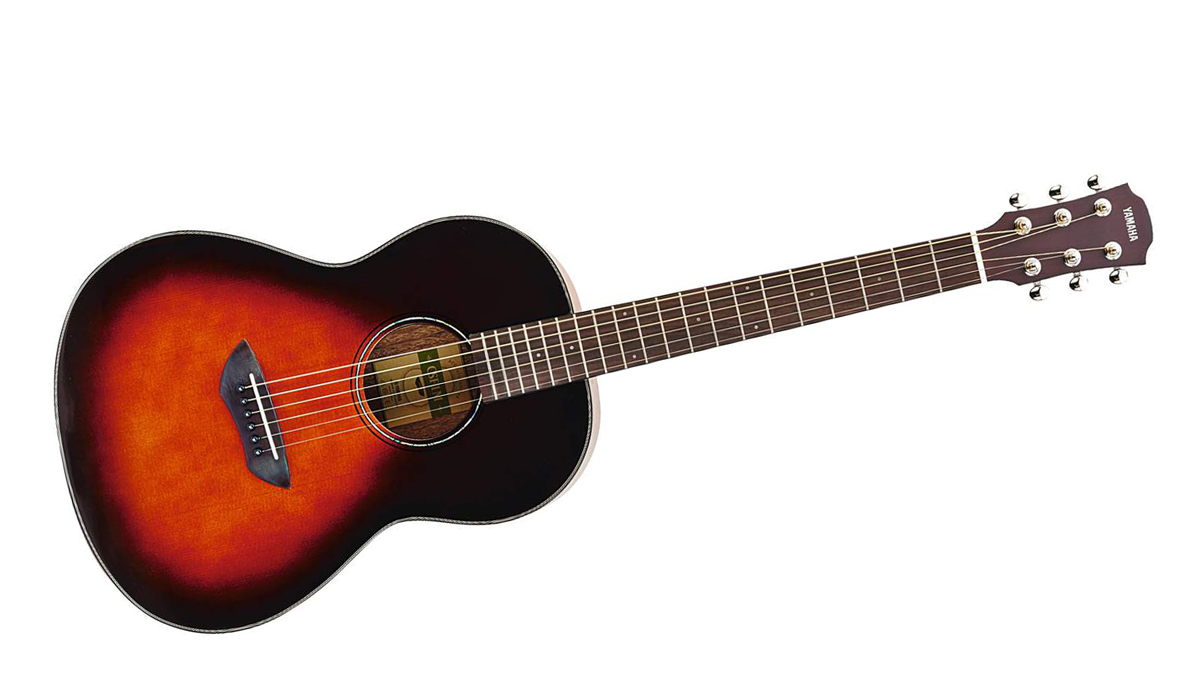
Yamaha CSF1M
So Yamaha is finally entering the travel acoustic fray?
Well, it’s not its first rodeo; 3/4-sized versions of Yamaha’s iconic APX shape and JR folk models are already out there and its Silent Guitars are a very different take on the portable approach. But the CSF parlour series was revived after 15 years with two models at this year’s NAMM show and it offers something different.
How so?
These are more of a traditional folk guitar with an unobtrusive passive pickup (no controls) and are very much being marketed as guitars to take on your travels, but with a 596mm scale length they have a potentially versatile appeal. The CSF3M offers solid mahogany back and sides while our cheaper CSF1M is laminate (the only difference between them). The idea of using the scalloped bracing in both is that it makes for a louder and richer sound.
And does it?
This one feels a little more like Taylor GS Mini territory in that it’s a fuller sound than its travel tag might suggest, so we say, ‘Yes’. But we suspect that’s not just down to bracing; the deeper 105mm body helps warm up that low-end, and the neck is a meatier 16” radius.
At a glance
Top: Solid; sitka spruce
Back & sides: Laminate mahogany
Neck: Nato
Scale length: 600mm (23.6")
Fingerboard: Rosewood
Frets: 20
Electrics: SRT passive piezo
Hardware: Urea nut and saddle
Left-handed: No
Case: Gigbag included
Finish: Tobacco Brown Sunburst (reviewed), Vintage Natural
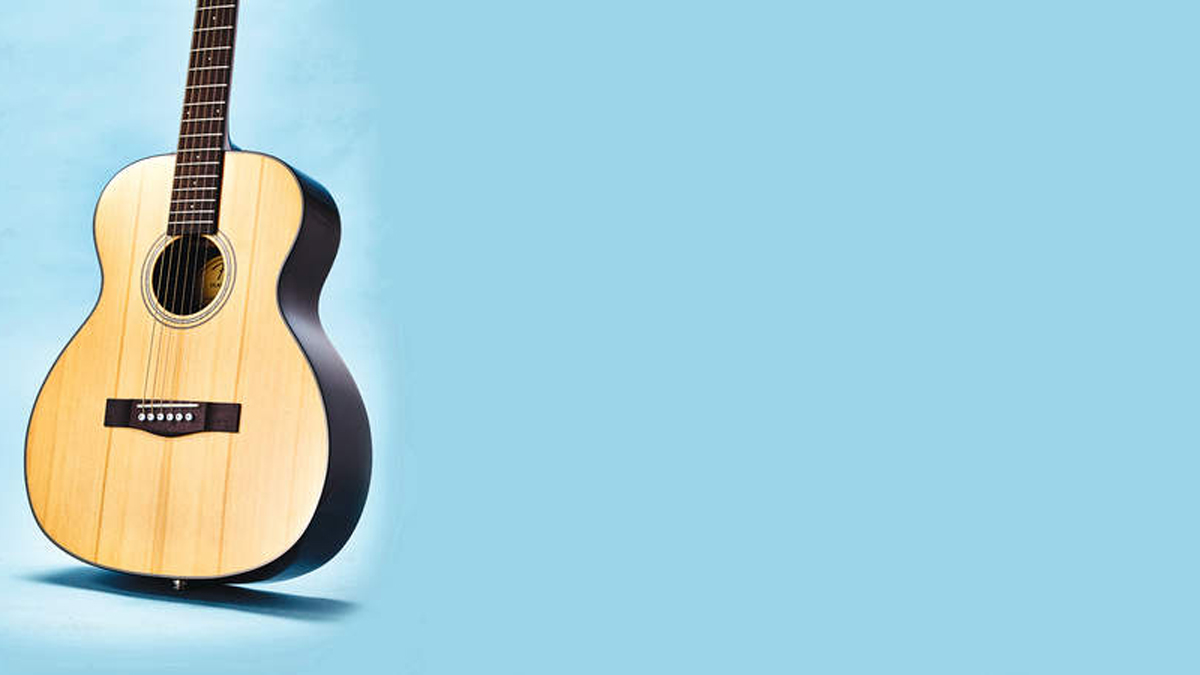
Head to head
It makes sense to start with the most famous model here with our LX1E, and even though we’ve played plenty of Martins, this really has its own thing going on.
There’s a resophonic boxiness we certainly wouldn’t usually associate with the brand, but it’s combined with a resonant top and that easy, addictive playability that we are used to from the company. We can see this being a welcoming guitar for young hands. The low-end is relatively shallow like the body, but punchy - and plugged in that makes for a zingy tonality that needs to be tamed with external EQ and the preamp’s tone control.
The Sigma is an even more extreme version of those boxy traits but without as much lively resonance. The low profile neck also feels a little thin and cramped for adult digits and serves the 54mm bridge string spacing less well than the Martin. There’s the sense that this is a mini child’s version of a dreadnought rather than its own thing. It’s got a decent low-end to draw from plugged in with the contour switch, but the lack of dedicated EQ controls make the brittle high-end and mids hard to shape without the external aid of a preamp or sympathetic soundman.

With that in mind, you would assume the complete lack of controls would harm the Yamaha, but its passive nature is actually what makes it the closest to an organic sound here when amplified. It also feels and plays the closest to a larger guitar, with the 105mm depth of the body making a notable difference to the low-end.
The satin neck is welcome, the higher action less so compared with the slinkier Martin, but it adds to richer projection here and it could be addressed with a lower string gauge and a tweak. The Fender feels like it’s bridging the divide with a defined clarity and division between the frequencies. There’s decent bottom-end from the 103mm depth, with a low action and flatter neck that’s friendly but not cramped thanks to the 56mm string spacing.
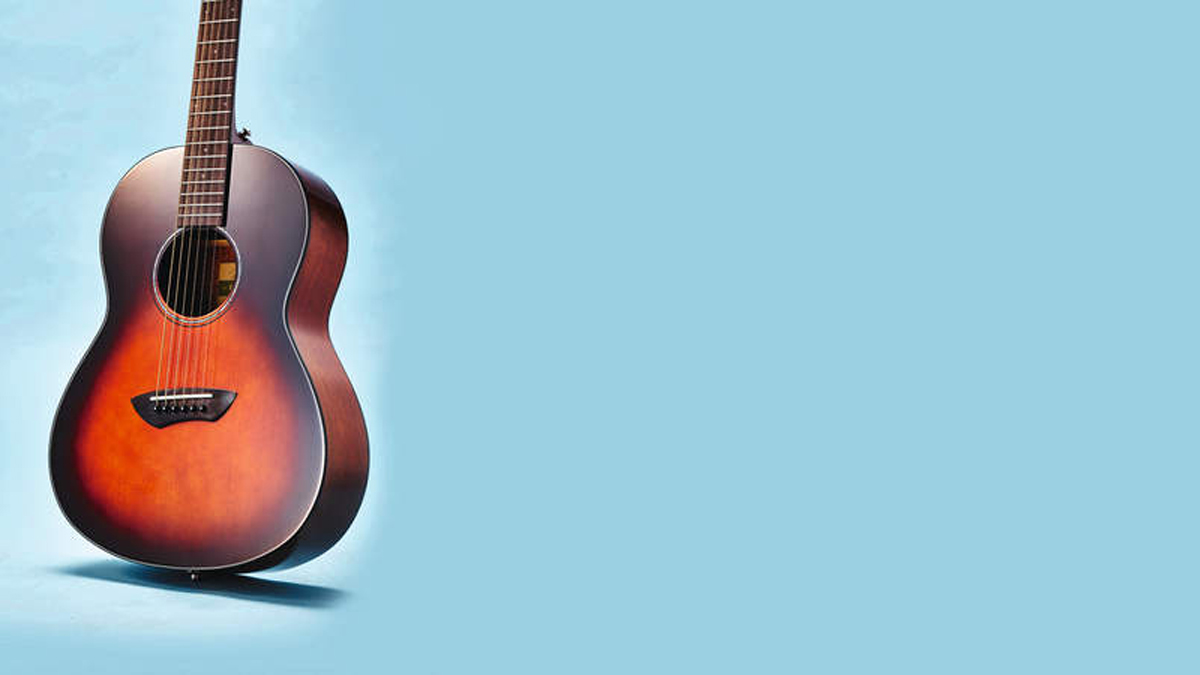
Final verdict
The term ‘travel guitar’ doesn’t hint at the diversity here. There’s more to be considered than portability.
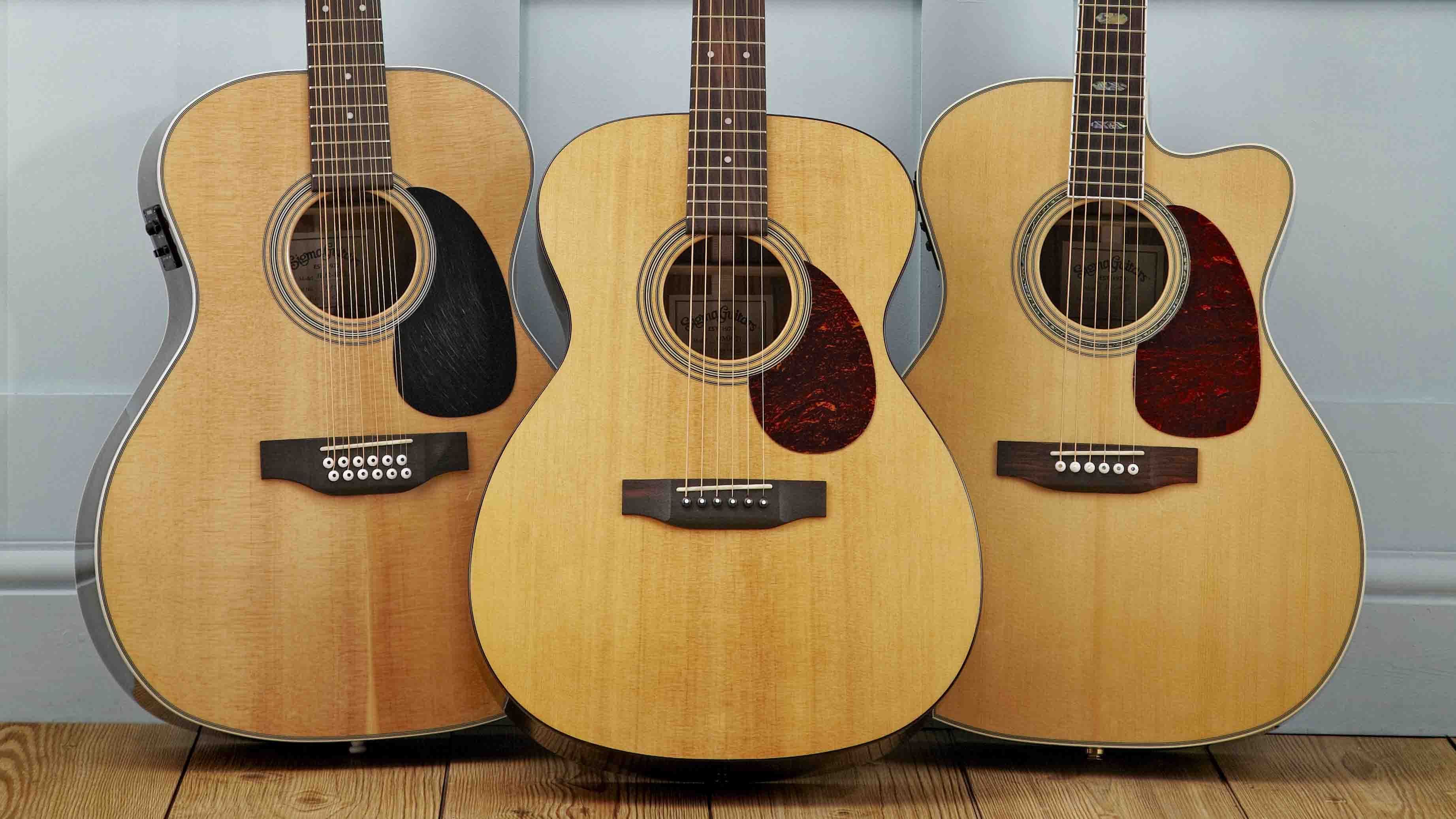
The 10 best acoustic guitars under $/£500: the best guitars for beginners and experts
The Fender’s hardcase might not be ideal for the latter, but it’s a very good way to help keep it safe from the elements of change when it is at home. Alongside the Yamaha, it’s a guitar that has the potential to be your main acoustic, because neither sounds dinky. Far from it: plugged in, the CT140SE gives you a lot of control with its three-band EQ, helping you make the best of its inherent bright and clear character.
The Yamaha isn’t just the best looker here and the only one with a smooth satin neck, it feels like the most mature mini of the bunch. You’ll need to bear in mind that passive pickups are lower output than their active brethren, but the reward is a plugged-in performance that feels more natural but may need to be shaped by external sources.
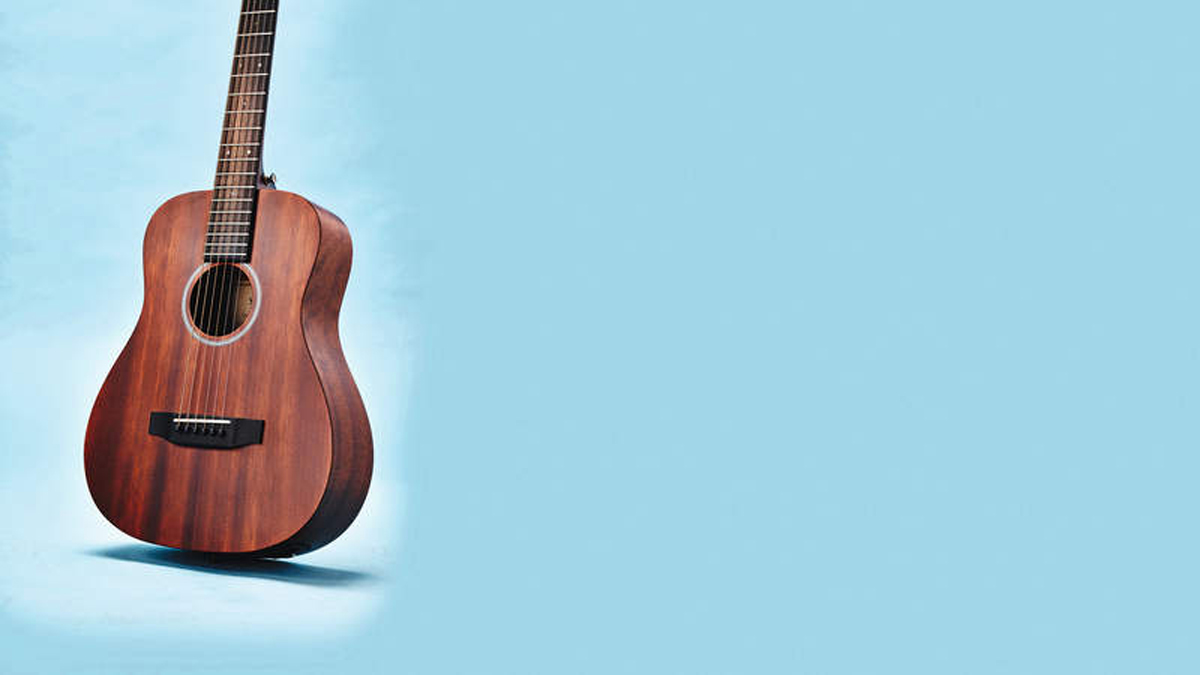
The Sigma puts in an impressive display of looks for its low price, but the slim neck is far better suited to children, and the piezo performance is the quackiest here, so it will need more taming than the preamp provides.
We’re not surprised that a Martin is the priciest model here, but it could well be the most divisive. If you’re looking for a scaled-down dreadnought, the compressed qualities of the LX1E may prove jarring, but in the ‘just one more play’ stakes it’s undeniable.
Best value: Fender CT140SE
4 out of 5
Best for children: Sigma TM-15E+
3 out of 5
Best for playability: Martin LX1E
4 out of 5
Biggest sound: Yamaha CSF1M
4 out of 5

Rob is the Reviews Editor for GuitarWorld.com and MusicRadar guitars, so spends most of his waking hours (and beyond) thinking about and trying the latest gear while making sure our reviews team is giving you thorough and honest tests of it. He's worked for guitar mags and sites as a writer and editor for nearly 20 years but still winces at the thought of restringing anything with a Floyd Rose.
